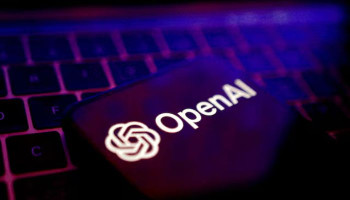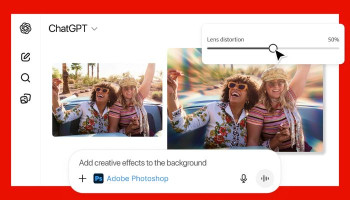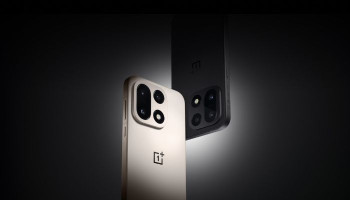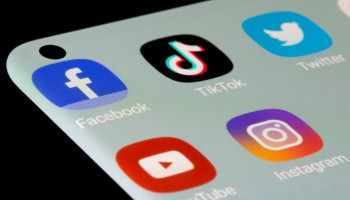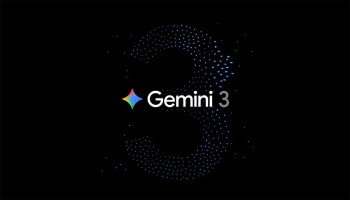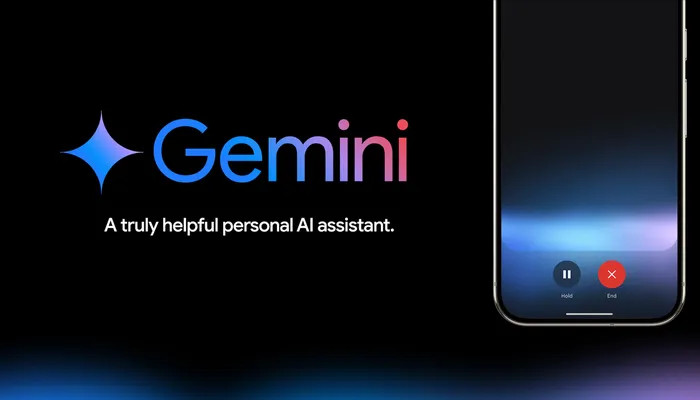
Google’s Pixel event, Made by Google has now come to its end with groundbreaking announcements, and now Gadinsider has a holistic look at all the multimodal artificial intelligence (AI) upgrades that are integrated into recently announced devices, and a fair comprehension of the Apple’s plans for Apple Intelligence (AI) too, which is expected to be launched soon.
So let’s have a comparison of both of these multimodal AI assistants and find out the best one to consider.
Multimodality of Gemini Nano, Apple Intelligence
Both of these AI models are specially customised to be multimodal, and the Gemini model includes Gemini 1.5 pro developer, which is now the number 1 L-M SYS chatbot arena leaderboard, which is making home smarter, safer and easier to manage. It would be creating a noble kind of modern era, that helps in brainstorming and provides innovative ideas.
Additionally, it helps you to go beyond text and access relevant information across your Gmail inbox, and Google calendar, draft a message for you, and solve complex tasks within a couple of minutes. But, it has only become possible through the cutting-edge system that Google has launched after six months of constant efforts.
Read more: Pixel 9 boot screen boasts Gemini AI integration
Coming to Apple Intelligence, it can also help you to efficiently analyse audio files, inspect images, and even browse videos, while Google and Apple both announced these multimodal capabilities. However, Apple Intelligence is yet to be announced in October, which is a few months away.
Gemini Nano vs Apple Intelligence: Language input and voice chat
Apple Intelligence is only demonstrated to work in English. Google's Gemini holds the bag by accepting approx 45+ different languages input. While the latest voice chat option communicates with you and helps you prepare for an important interview and more. Users can have a free-flowing conversation with Gemini in 10 different voices to choose from such as Dipper, Ursa, and more.
Image generation on Gemini Nano vs Apple Intelligence
Apart from analysing images, Gemini and Apple Intelligence efficiently support image generation features. Alphabet-owned lifted a veil off of the Pixel Studio text-to-image feature, which is only available in the Pixel 9 lineup.
Just write a prompt and get an image in your preferred style, get an ultra-refined image by refining the prompt. Moreover, it lets you create stickers from images, and customise the perfect invites within a blink of an eye with a great blend of creativity.
Whereas, the Cupertino-based tech giant also unleashed the Image Playground which possesses similar capabilities, that offer a plethora of striking options such as several innovative styles, and efficiently generates a realistic image.
Additionally, Google also introduced a Magic Editor with a few significant upgrades to its previous variant and it efficiently recomposes your images, which is expanded to the entire Pixel 9 series.
Privacy
AI is replacing humans and diversified to almost every field now, which has raised people's concerns about it. While both the tech giants comprehend all the valid concerns well. To that end, many of the Pixel 9 Gemini Nano and Apple Intelligence’s features are available on the devices, without any internet connection.
Gemini assists in connecting relevant personal data and performs several tasks without sharing personal data with any third-party app. Moreover, it is pioneered with device-generated AI with Gemini Nano.
Apple Intelligence requires access to an on-cloud version of the AI model, which occurs within its native sandbox, without providing accessibility to your data to any third-party apps.
Availability of Apple Intelligence, Gemini Nano
Google’s Gemini Nano model is available in the entire Pixel 9 series, which would be adequately free for Pixel users, who would get a one-year access pass to Gemini Advanced, which efficiently solves all complex queries within a few seconds. While Gemini would be available on all the devices.
Whereas, users are anticipating the launch of Apple Intelligence, which is likely to be available on the iPhone 15 Pro series from last year, along with this year’s iPhone launch.





